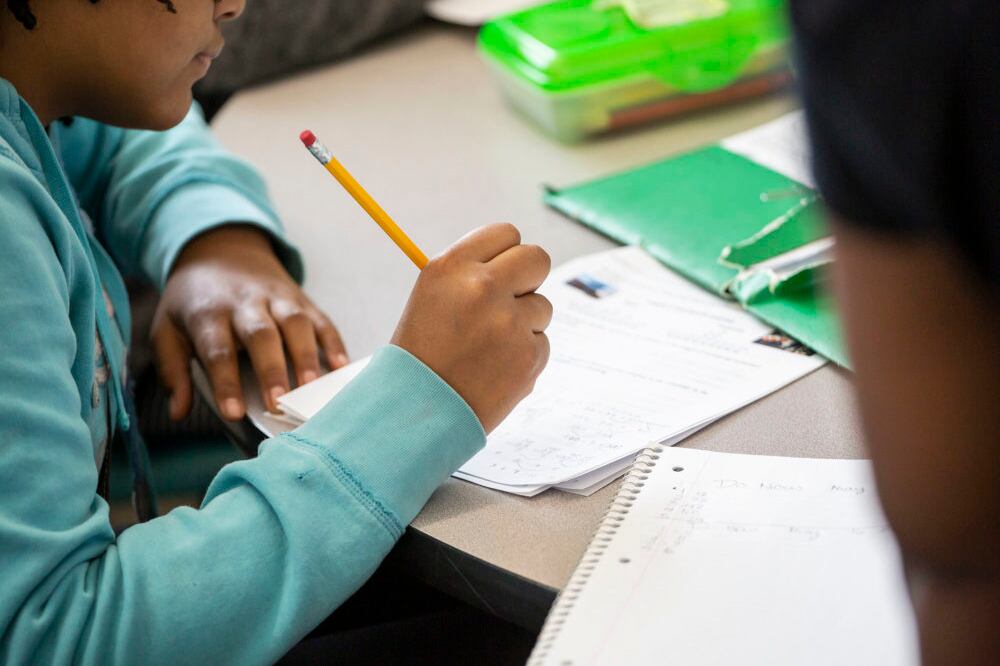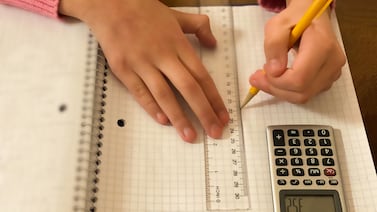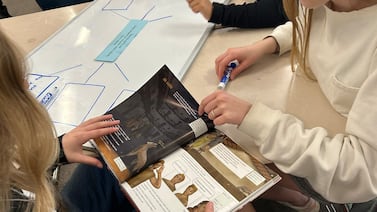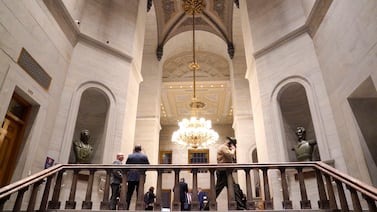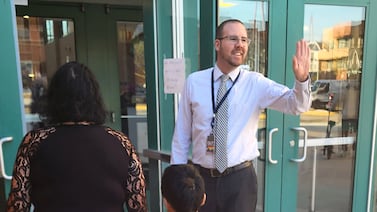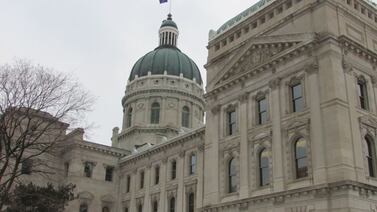Last spring, New York City schools celebrated its receipt of $7 billion in federal stimulus dollars as the administration of former Mayor Bill de Blasio planned how it would reopen buildings following two school years disrupted by the pandemic.
But as of the first week of March, the education department had spent just half of the $3 billion in federal COVID stimulus dollars it had planned to spend through June 30, according to a new report from Comptroller Brad Lander. All of the money can be spent through the 2024-2025 school year.
De Blasio and his administration last year devised a plan to spend those stimulus dollars on a slew of items. That included operating school buildings, extra academic support for students, and an ambitious new reading and math curriculum.
The report, based on data obtained from the education department, found the city has spent:
- Less than a quarter of the $984 million plan for boosting academic recovery and instructional support
- 24% of what had been planned for investments to care for “the whole child,” which includes social emotional supports
- 65% of costs associated with reopening school buildings
The education department called the report a “mischaracterization of our stimulus spending to date” because “the snapshot of data as of early March does not account for all spending,” said Dan Weisberg, first deputy chancellor, in a statement.
“This funding continues to be available to the Department of Education beyond this year, and we are evaluating ways to utilize any unspent funds to continue supporting students and schools going forward,” Weisberg continued.
New York City’s slow spending mirrors issues seen in school systems across the nation facing labor shortages and supply chain issues that have struggled to spend their COVID relief dollars.
In response to questions from the comptroller’s office, education department staff blamed the underspending on many reasons, including pandemic-related delays, difficulties in hiring and supply chain issues, and problems with contracting and procurement, the report said.
But separately, a department spokesperson said the “full and final account” of stimulus spending won’t be known until the fall, when the city completes its fiscal year accounting. She added that spending in many categories, such as building accessibility, will rise “significantly” before the end of this fiscal year.
Reasons for underspending can include “work not beginning until later in the fiscal year to goods and services having not yet been fully received,” for various initiatives, the spokesperson said.
In a news release, Lander raised concerns about his office’s findings.
“The city cannot afford to squander this opportunity to invest in the programs and supports to help our young people begin to succeed again academically, process the trauma they’ve experienced, and address long-standing inequities in our school system,” he said. “We still have an opportunity to spend this one-time funding wisely – but the clock is ticking.”
In some areas, the department appeared to be near or on track with that spending. It has spent most of the money it earmarked for reopening school campuses, which includes health and safety costs, and to “maintain current services.” It spent about 70% for its Summer Rising program that wrapped up in August, but city officials said the remainder of the money can be used in the future.
The comptroller’s office raised concerns about the low spending for academics and so-called “supporting the whole child” initiatives, which include social and mental health supports. Spending delays, the report said, “mean that schools are failing to provide urgently needed additional support” after “the trauma of the prior two school years.”
Slow spending on academic support
The city has spent 22% of the nearly $1 billion it had planned for extra academic support and programs, the report found. Included in that bucket was $350 million that went directly to schools to provide extra tutoring for their students and professional support for teachers. Schools have spent just under a third of that money, according to the report. Chalkbeat reported in February that some school leaders were struggling to spend this money because they couldn’t persuade enough staff to work overtime and oversee such programs and services. This money was reserved for this year only, and schools must return any unused money.
Academic recovery also included a $49 million initiative called “Early Literacy for All,” which included a tool to screen K-2 students for reading skills, as well as hiring more reading coaches and providing more training to K-2 teachers. The city has spent $10 million for this.
The department has only spent 12% of the $251 million it planned for extra support in special education and creating more pre-K special education seats. At least $158 million of that money went directly to schools to provide extra services for students with disabilities. But Chalkbeat recently reported that just 35% of the children who were offered services will have participated. On top of staffing issues, children were not guaranteed transportation to these programs, and some parents said it was unclear what services their children would receive.
About $17 million has been spent of $202 million planned for the creation of a new culturally responsive reading and math curriculum, called “Mosaic.” The plan was originally to roll out the curriculum by the fall of 2023, but education department officials told the New York Daily News last month that it will only be available to middle school grades by then.
Low spending on ‘whole child’ investments
Similar to academics, the city has spent about 24% of its planned investments in initiatives to support “the whole child.” The city has spent just a third of its planned $80 million for social-emotional support, which includes plans to hire more social workers and a three-year, $18 million contract for a screener for schools to assess their students’ social-emotional skills. Officials have spent $1 million of the $12 million reserved for expanding restorative justice programs.
Lander’s office noted that these funds can be rolled into the $1.8 billion in federal funds planned to be spent next fiscal year, which begins July 1. They can either be used as planned or allocated to different priorities.
The report suggests the department could use unspent funds to provide salary parity to teachers and staff at community-based preschool special education programs. It could also be used to increase support for English language learners, for whom advocates had hoped there would be specific, dedicated COVID stimulus funding, similar to the money for students with disabilities.
The education department is expected to release an updated spending plan for stimulus dollars “in the coming weeks,” according to Lander’s report.
Here is a link to the report.
Reema Amin is a reporter covering New York City schools with a focus on state policy and English language learners. Contact Reema at ramin@chalkbeat.org.

